Glioblastoma, also known as glioblastoma multiforme (GBM), is the most aggressive and lethal primary brain tumor in adults. It accounts for nearly 50% of all malignant brain tumors, making it a significant concern in neuro-oncology. Despite advancements in treatment, glioblastoma remains a formidable challenge due to its rapid growth and resistance to conventional therapies. This article explores the historical background, global prevalence, causes, symptoms, diagnosis, treatment options, prognosis, and potential preventive measures for glioblastoma.
Historical Overview of Glioblastoma
Glioblastoma was first described in 1926 by Percival Bailey and Harvey Cushing, pioneers in neurosurgery and neuropathology. Initially classified as a “spongioblastoma multiforme,” it was later renamed glioblastoma multiforme due to its heterogeneous cellular structure. Over the decades, significant research has contributed to understanding its molecular characteristics, leading to the identification of genetic mutations and pathways that drive tumor growth. However, despite these advancements, glioblastoma remains incurable, with a median survival rate of just 12–15 months following diagnosis.
Current Global Statistics on Glioblastoma
Glioblastoma is the most common malignant brain tumor, with an annual incidence of approximately 3–5 cases per 100,000 people worldwide. The disease is more prevalent in older adults, typically diagnosed between the ages of 55 and 65. In the United States alone, around 13,000 new cases are reported yearly. The prognosis remains poor despite aggressive treatment, with a five-year survival rate of less than 7%.
Causes and Risk Factors of Glioblastoma
The exact cause of glioblastoma remains unknown, but several risk factors have been identified:
- Genetic Mutations: Mutations in genes like TP53, EGFR, PTEN, and IDH1 are associated with glioblastoma development.
- Radiation Exposure: Previous exposure to high doses of ionizing radiation, such as radiation therapy for other cancers, increases the risk.
- Age: The risk of glioblastoma increases with age, particularly in individuals over 50.
- Gender: Men have a slightly higher risk of developing glioblastoma compared to women.
- Environmental Factors: While debated, some studies suggest that long-term exposure to pesticides, industrial chemicals, or electromagnetic fields may play a role.
- Viral Infections: Some research links human cytomegalovirus (CMV) infection to glioblastoma, though this remains under investigation.
Symptoms of Glioblastoma
Glioblastoma symptoms depend on the tumor’s location and size. Common signs include:
- Persistent headaches, often worse in the morning
- Nausea and vomiting
- Seizures
- Cognitive decline and memory loss
- Difficulty speaking or understanding speech
- Vision problems, including double vision or loss of peripheral vision
- Muscle weakness or paralysis on one side of the body
- Personality and behavioral changes
Diagnosis of Glioblastoma
Diagnosing glioblastoma requires a combination of advanced imaging and histopathological analysis:
- Magnetic Resonance Imaging (MRI): The primary imaging tool for detecting glioblastoma, often enhanced with contrast agents.
- Computed Tomography (CT) Scan: Used when MRI is unavailable or contraindicated.
- Biopsy: A neurosurgeon collects a small tumor sample for histopathological examination to confirm glioblastoma.
- Molecular Testing: Genetic profiling of the tumor helps identify specific mutations that may guide treatment decisions.
Treatment Options for Glioblastoma
Despite its aggressive nature, glioblastoma treatment follows a multi-modal approach:
1. Surgery
The first-line treatment is maximal surgical resection to remove as much of the tumor as possible without damaging critical brain functions. However, complete removal is nearly impossible due to glioblastoma’s invasive nature.
2. Radiation Therapy
Radiation therapy is administered post-surgery to target residual cancer cells. External beam radiation therapy (EBRT) is the standard approach, often given over six weeks.
3. Chemotherapy
Temozolomide (TMZ) is the most commonly used chemotherapy drug, often combined with radiation therapy. It works by disrupting tumor DNA replication.
4. Tumor-Treating Fields (TTF)
A relatively new treatment using low-intensity electrical fields to disrupt glioblastoma cell division. It has shown promise in extending survival.
5. Immunotherapy and Targeted Therapies
Emerging treatments include immune checkpoint inhibitors, oncolytic virus therapy, and targeted drugs like bevacizumab, which inhibits tumor blood vessel growth.
6. Clinical Trials
Many patients opt for clinical trials investigating novel therapies, including gene therapy, CAR-T cell therapy, and personalized cancer vaccines.
Prognosis and Life Expectancy for Glioblastoma Patients
Glioblastoma has a grim prognosis. The median survival rate is 12–15 months, even with aggressive treatment. Only 5% of patients survive beyond five years. Factors that influence prognosis include:
- Extent of surgical removal
- Patient’s age and overall health
- Tumor genetic mutations
- Response to treatment
Can Glioblastoma Be Prevented?
Since glioblastoma’s causes are not fully understood, there are no definitive prevention strategies. However, certain measures may help reduce overall brain cancer risk:
- Minimizing radiation exposure (unless medically necessary)
- Maintaining a healthy lifestyle with a balanced diet and regular exercise
- Avoiding exposure to harmful chemicals and toxins
- Managing stress and prioritizing mental well-being
- Participating in regular health check-ups to detect abnormalities early
Conclusion: Seeking Expert Care for Glioblastoma
Glioblastoma remains one of the most challenging brain tumors to treat. However, advancements in neuro-oncology continue to offer hope through innovative therapies and research. Early diagnosis, personalized treatment plans, and access to specialized cancer centers significantly impact patient outcomes.


